Rotting fence posts can be a common problem, especially if the posts are made of wood and are embedded in concrete. This can cause the posts to break down and become weak, potentially leading to the collapse of the entire fence.
This article will discuss some effective ways to prevent fence posts from rotting in concrete, including using pressure-treated lumber, properly mixing the concrete, and regularly checking for signs of rot or damage.
By following these tips, you can help extend your fence’s life and keep it looking its best. You might be wondering why do fence posts rot at ground level.
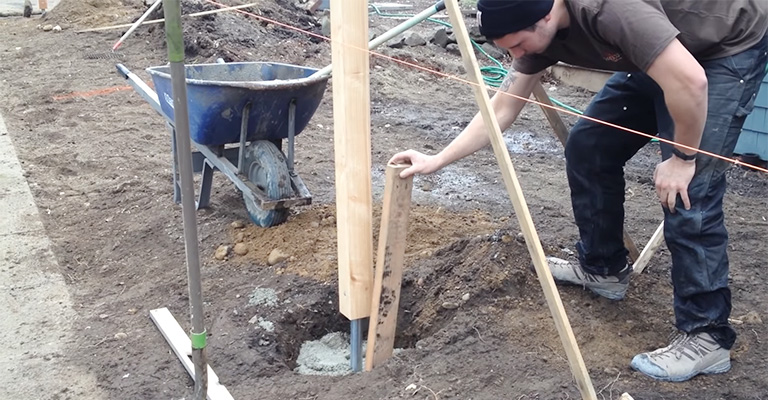
Why Do Fence Posts Rot At Ground Level?
Fence posts can rot at ground level for several reasons. One of the main causes of rot in fence posts is moisture. When wood is in contact with moisture for an extended period, it can start to break down and rot.
This is particularly common in fence posts embedded in concrete, as the concrete can hold moisture against the wood, causing it to rot over time.
Another reason why fence posts may rot at ground level is because of insect damage. Certain types of insects, such as termites and carpenter ants, can burrow into wood and cause it to rot from the inside out.
This can weaken the fence posts and make them more susceptible to breaking or collapsing. Finally, fence posts may rot at ground level if they are made of low-quality wood or are not properly treated to protect them from rot and decay.
Using pressure-treated lumber for the posts can help prevent rot and extend the fence’s life.
Regularly checking the posts for signs of damage and taking steps to repair any damage as soon as it is discovered can also help to prevent rot and keep your fence in good condition.
Ways To Keep Fence Posts From Rotting In Concrete
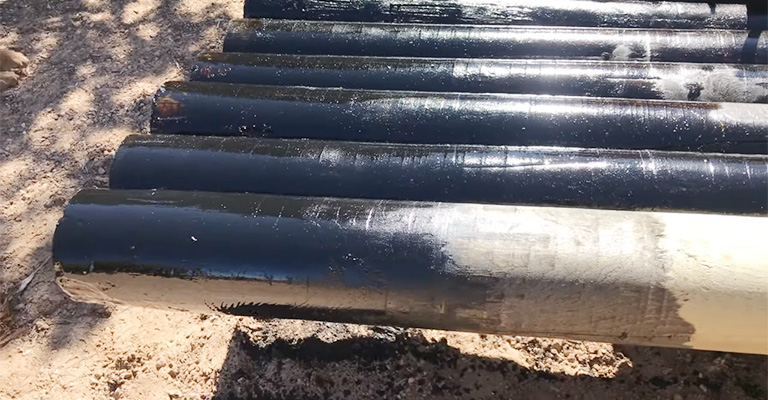
One way to prevent fence posts from rotting in concrete is to use pressure-treated lumber for the posts. Pressure-treated lumber is wood that has been treated with chemicals to protect it from rot and decay.
This can help extend the fence posts’ life and prevent them from rotting when embedded in concrete. Another way to prevent fence posts from rotting in concrete is to ensure that the concrete is properly mixed and poured.
When mixing concrete, it’s important to use the correct ratio of water to cement. Too much water can weaken the concrete and make it more susceptible to moisture, which can cause the posts to rot.
In addition to using pressure-treated lumber and properly mixing the concrete, it’s also a good idea to use a post-hole digger or auger to create holes for the posts that are at least 12 inches in diameter and extend below the frost line in your area.
This will allow the concrete to support the posts and help prevent them from shifting or settling, which can cause them to rot.
Finally, it’s important to regularly check the fence posts and the surrounding concrete for signs of rot or damage. If any damage is found, it should be repaired as soon as possible to prevent the problem from worsening.
Additional Tips On Preventing Fence Posts From Rotting
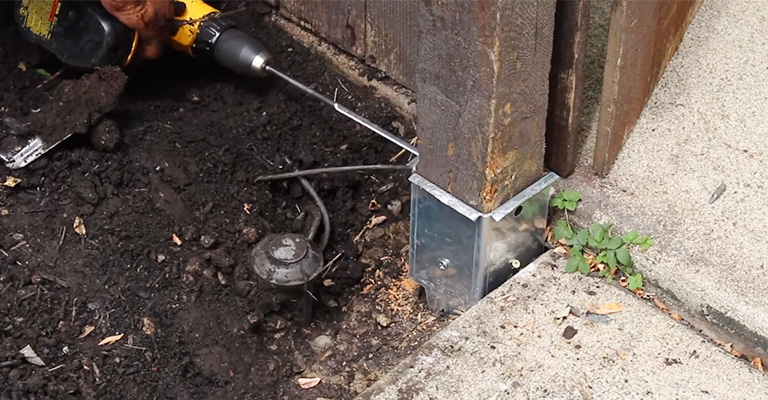
Long-term soil moisture exposure will result in wood fence posts rotting. If you prevent fence posts from rotting, you will save time and money since you will have no choice but to replace them once the posts begin to deteriorate.
Lumber Selection Is Important
You should always choose pressure-treated lumber. A preservative called chromate copper arsenate is used to treat this wood. If it is not pretreated, the posts will rot more easily.
There are alternatives to pressure-treated lumber, including:
- Wood with a long lifespan, Western red cedar resists rot naturally.
- Black locust or white cedar – prevent fungi from growing (best for marshy environments).
- Redwood or cypress – naturally water-resistant.
Why Should You Use Treated Wooden Posts?
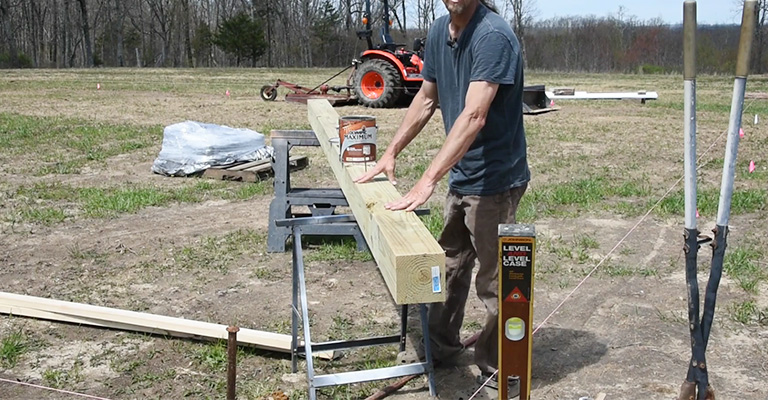
Untreated softwood posts are only likely to last 6 months in the ground! The longevity of posts can be ensured by using treated posts.
In order to extend the wood’s life even further, some fence builders wrap the post’s base in sheet copper or galvanized steel. However, treated posts are the most common choice.
Is It Possible To Treat Wood Yourself?
When you are making wood posts, it is always a good idea to use pretreated lumber. Since preservatives are not able to penetrate wood as far as when applied yourself, the results are not always the same.
The bottom half may also be treated with a waterborne copper naphthenate by brushing it with the manufacturer’s instructions.
In addition, if you saw treated lumber and left an untreated section exposed, you should use the same treatment technique.
Wood preservation by “charring” is a tradition among farmers and old-timers. As it slightly burns the wood, this technique is only safe for untreated lumber.
If the wood is going to be buried or in contact with the ground, use a torch or campfire to “char” it. Burning wood should always be done carefully, and water should be kept nearby to extinguish any flames that may arise.
Gravel And Concrete Setting
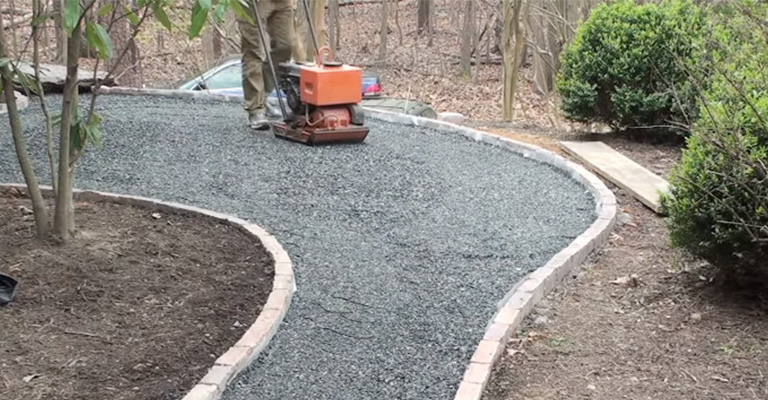
It’s time to set the posts in the ground once they have been treated. If your frost line is as shallow as 16 inches or as deep as 42 inches, you will need to dig a hole twice as large as the fence post. Check your local building codes for this depth.
Ensure the post’s end does not come in contact with dirt for the first three inches. Water drains quickly from gravel into the soil and away from posts. Make sure the post is centered in the hole.
To finish, fill the hole with cement all the way to the top. In addition to holding the fence firmly in place, concrete will also prevent it from moving laterally.
Domed concrete tops provide even greater protection by diverting water away from posts to prevent corrosion.
Should I Set Fence Posts In Concrete?
Whether or not to set fence posts in concrete is a decision that depends on several factors.
On the one hand, setting fence posts in concrete can provide additional support and stability for the fence, helping to prevent the posts from shifting or leaning.
This can be especially important in areas with heavy winds or soil movement. On the other hand, setting fence posts in concrete can also have some disadvantages.
For example, concrete can hold moisture against the wood, which can cause the posts to rot over time. This can be particularly problematic if the posts are made of wood, as wood is prone to rot when exposed to moisture.
Additionally, concrete can be difficult to remove if the fence needs to be repaired or replaced in the future.
In general, it is best to set fence posts in concrete only if the fence will be subject to heavy winds or soil movement or if the posts will be made of a material that is not naturally resistant to rot, such as wood.
In other cases, it may be better to use alternative methods for supporting the fence posts, such as using metal brackets or attaching the posts directly to the ground with specialized anchors.
What Should I Put Between Wood And Concrete?
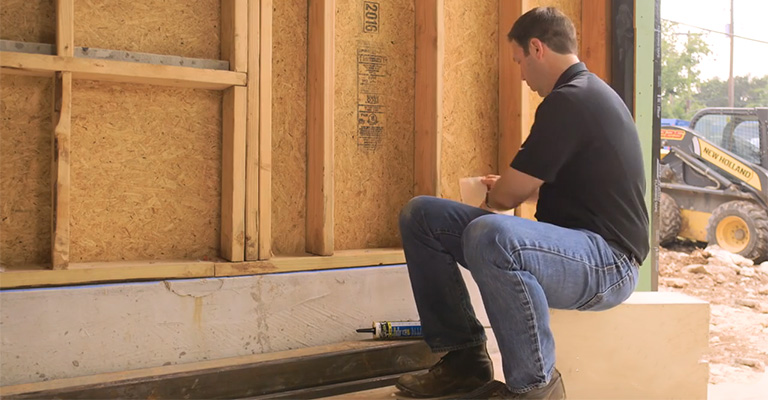
When wood is in contact with concrete, it is important to use a material between the two surfaces to prevent moisture from being trapped between them.
This can help prevent rot and decay in the wood and prevent the concrete from cracking or deteriorating due to moisture.
One material that is commonly used between wood and concrete is polyethylene sheeting. This plastic type is flexible and waterproof, and it can be easily cut to fit the space between the wood and the concrete.
When properly installed, polyethylene sheeting can create a barrier that prevents moisture from being trapped between the wood and the concrete, helping to protect both materials.
Another material that can be used between wood and concrete is a rubber membrane. This is a flexible sheet of rubber designed to prevent moisture from being absorbed by the wood.
Rubber membranes can be adhered to the concrete and the wood, creating a barrier that helps to keep the wood dry and prevent rot.
In addition to polyethylene sheeting and rubber membranes, other materials can be used between wood and concrete, such as asphalt-impregnated building paper and concrete backer board.
These materials can help to protect the wood and the concrete from moisture and damage, and they are available at most home improvement stores.
How To Keep Untreated Wood From Rotting?
You should add water-repellent preservatives to untreated wood to prevent it from rotting. Sealing or painting the wood is the best way to accomplish this.
In this way, moisture and water are prevented from seeping in and causing damage.
Which Is The Best Wood Preservative For Fence Posts?
Creosote is the best wood preservative for fence posts. Distilled from wood tar, it’s a dark, oily liquid.
For the preservation of timber fence posts, creosote preservative is commonly used. The preservative prevents insects, termites, and fungi from destroying the wood, extending its life.
Final Words
By following these tips, you will be an expert in preventing the wood from rotting.
To prevent the wood from rotting, we must understand the elements that cause it to do so and what can be done to prevent these elements from accumulating and getting stuck in the wood.
The wood on your deck or fence should be kept clean to avoid fungi growing or moisture accumulating. Make sure your project doesn’t rot quickly by taking care of it.







